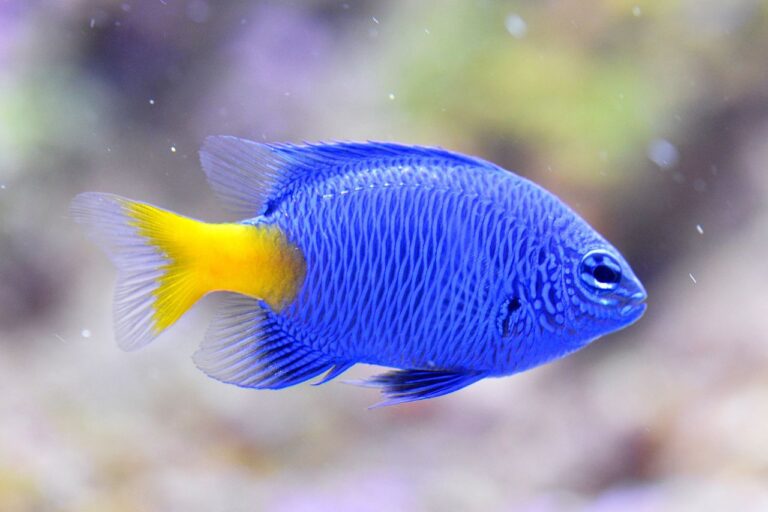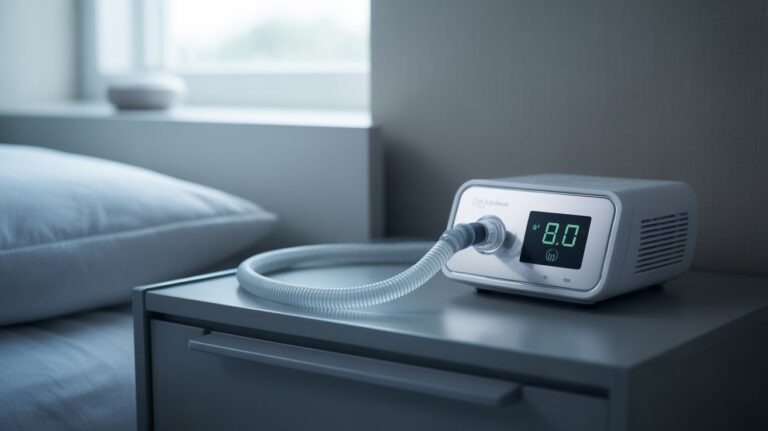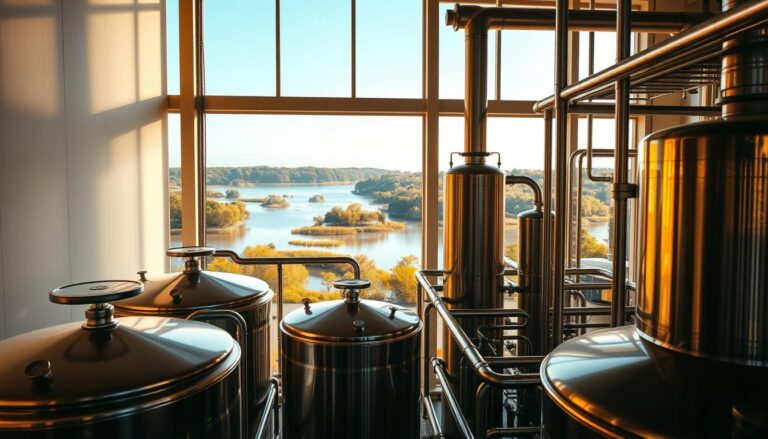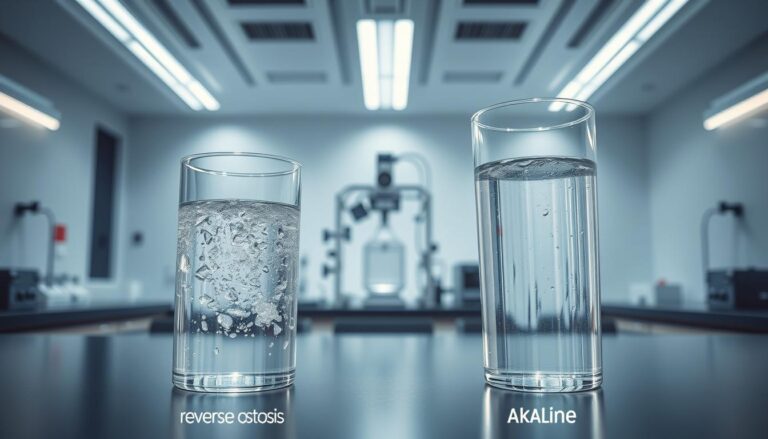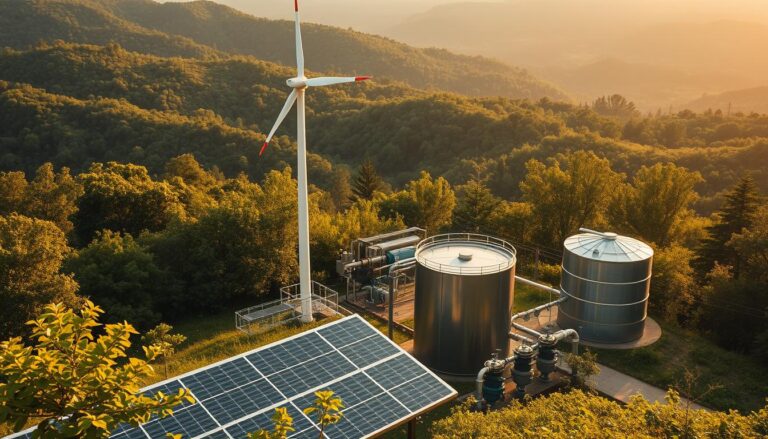Real-Life Performance of Home Water Distillers for Clean, Safe Drinking Water

Understanding Water Distillation: Nature’s Purification Process
Water distillation mimics nature’s hydrologic cycle—evaporation, condensation, and precipitation—in a controlled environment. When water boils at 212°F (100°C), it converts to steam while contaminants with higher boiling points remain behind. This steam then cools in a condensing coil, returning to pure liquid water that’s collected for drinking.
Unlike filtration methods that trap particles of certain sizes, distillation removes virtually everything from water: bacteria, viruses, heavy metals, minerals, chemicals, and even radioactive contaminants. This makes it one of the most thorough purification methods available for home use.
What Distillation Removes:
- Bacteria and viruses
- Heavy metals (lead, mercury)
- Minerals and sediment
- Chemicals and pesticides
- PFAS (“forever chemicals”)
- Pharmaceuticals
- Radioactive particles
Benefits of Distilled Water:
- Consistently pure quality
- No chlorine taste or odor
- Ideal for medical devices (CPAP, nebulizers)
- Perfect for sensitive individuals
- Extends appliance lifespan
- Excellent for cooking and beverages
- Independence from bottled water

Featured Home Water Distillers: Comparing Top Models
We’ve selected three popular countertop distillers at different price points to help you understand what’s available. Each offers the same fundamental distillation process but differs in construction quality, features, and capacity.
Megahome Countertop Water Distiller

Capacity: 1 gallon per 5.5-hour cycle
Stainless steel interior, glass collection container
UL-certified for safety and reliability
- Porcelain-lined nozzle for purity
- 560W heating element
- Auto shut-off when cycle completes
- 6 activated carbon filters included
- 1-year warranty
H2o Labs Best-In-Class Stainless Steel Water Distiller

Includes activated carbon pods for improved taste
Ideal for heavy use and larger families
Premium construction with all stainless steel interior
- Exclusive carbon pod filtration system
- 565W heating element
- Glass or polypropylene carafe options
- Automatic shut-off
- 1-year warranty
CO-Z Water Distiller
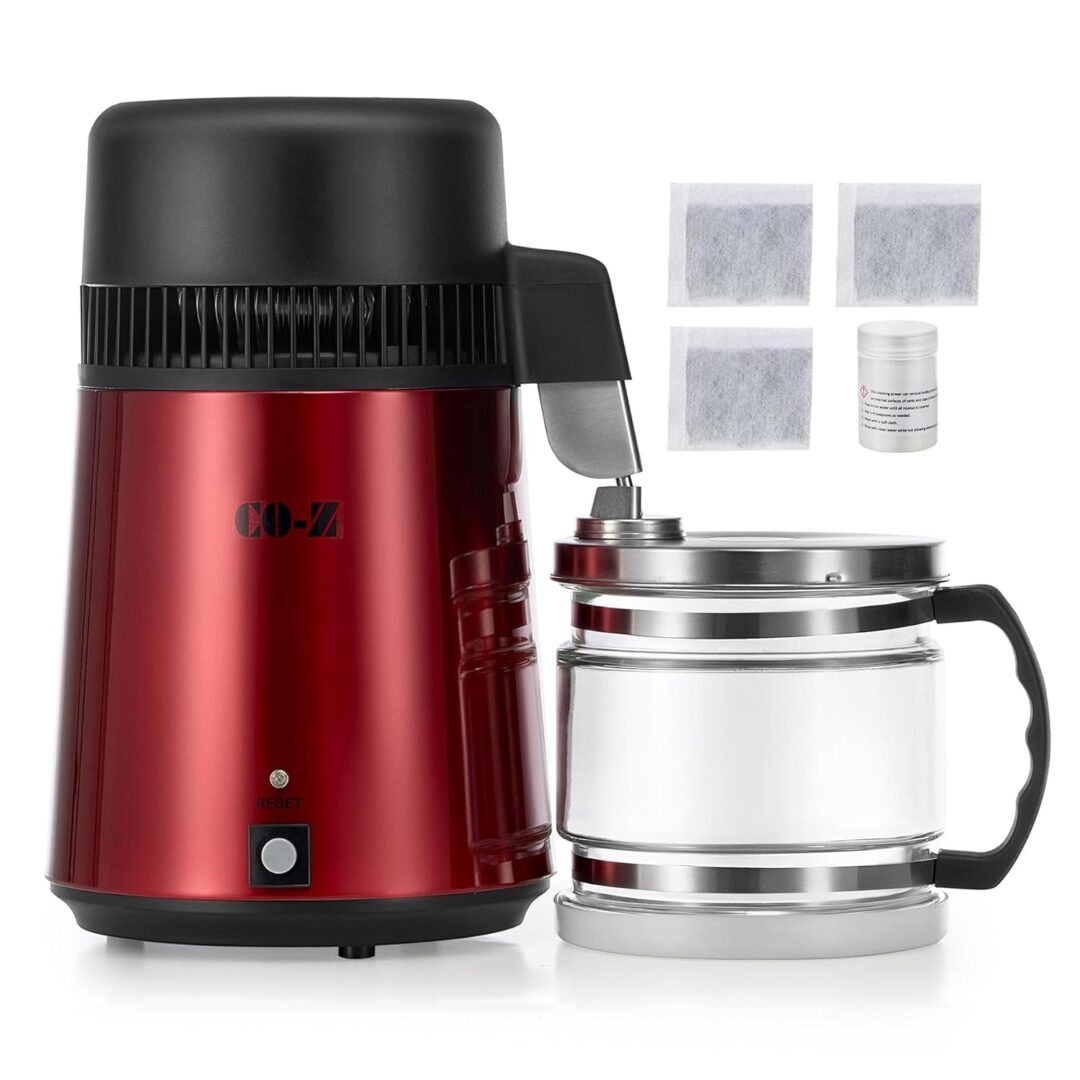
Budget-friendly with 1-gallon/4-hour output
Stainless steel chamber, plastic carafe
Ideal for occasional use or emergencies
- 750W heating element (faster distillation)
- Food-grade plastic collection container
- Automatic shut-off protection
- 4 carbon filters included
- 1-year warranty
| Feature | Megahome | H2o Labs | CO-Z |
| Daily Output | 4.4 gallons | 4.5 gallons | 6 gallons |
| Collection Container | Glass | Glass or BPA-free plastic | BPA-free plastic |
| Power Consumption | 560W (0.56 kWh per gallon) | 565W (0.57 kWh per gallon) | 750W (0.5 kWh per gallon) |
| Noise Level | Low (fan only) | Low (fan only) | Moderate |
| Filter Replacement | Every 30-40 gallons | Every 60-80 gallons | Every 20-30 gallons |
Real-Life User Experiences
To provide authentic insights, we’ve gathered testimonials from long-term users of these distillers. These experiences highlight the practical benefits and challenges of incorporating water distillation into daily life.
“I’ve used my Megahome distiller daily for over two years. The glass container is a huge plus—no plastic taste. Cleaning is simple with citric acid every 2-3 months. It’s quiet enough to run overnight, and I wake up to fresh distilled water. Worth every penny for my family’s health.”
“The H2o Labs distiller has been a game-changer for my household. We live in an area with extremely hard water, and this unit removes all the calcium and minerals that were clogging our appliances. The carbon pods are more expensive than regular filters but last twice as long and remove any ‘flat’ taste from the distilled water.”
“I purchased the CO-Z as an affordable entry point into distillation. It works well but runs hotter and louder than expected. The plastic container is decent quality but I’m planning to upgrade to glass. For the price, it’s a solid performer—I’ve made hundreds of gallons with minimal issues.”
From Reddit’s r/WaterTreatment Community:
“After six months with my Megahome, I’m impressed with how much sediment and minerals it removes. I clean it monthly with vinegar and it looks brand new. The only downside is the slow production rate—we run it twice daily for our family of four. But the peace of mind is worth the wait.”
“For anyone considering a distiller, factor in the electricity costs. My H2o Labs unit adds about $15 to my monthly bill running daily, but I’m saving $40+ on bottled water. The maintenance is minimal—just descale every few months and change the carbon filters. My tap water is heavily chlorinated, and the difference in taste is remarkable.”

Real-World Scenario: Rural Family with Well Water
Consider the Johnson family of four living in rural Pennsylvania. Their well water contains high levels of iron, sulfur, and occasional bacterial contamination. They decided to invest in an H2o Labs distiller for all drinking and cooking water needs.
Daily Water Requirements:
- Drinking water: 0.5 gallons per person = 2 gallons
- Cooking and beverages: 1-1.5 gallons
- Total daily need: 3-3.5 gallons
Management Process:
The Johnsons run their distiller continuously throughout the day, producing approximately 4.5 gallons in a 24-hour period. They store the distilled water in glass containers in the refrigerator and at room temperature. The process requires:
- Refilling the distiller 4-5 times daily (takes 2 minutes each time)
- Emptying the collection container when full (4-5 times daily)
- Weekly cleaning with citric acid (15-20 minutes)
- Monthly carbon filter replacement (5 minutes)
Remineralization Considerations:
For everyday drinking, the Johnsons add a small pinch of high-quality sea salt to each gallon of distilled water, providing trace minerals without reintroducing contaminants. For cooking, they use the distilled water as-is, since food provides necessary minerals.
Family Verdict: “The initial investment and daily maintenance are worth the peace of mind. Before the distiller, our children frequently had stomach issues from the well water. Now they’re healthier, and we’ve eliminated the waste and expense of bottled water.”

Advantages and Limitations of Home Water Distillers
Advantages
- Removes 99.9% of contaminants, including bacteria, viruses, heavy metals, and chemicals
- Consistent water quality regardless of source water conditions
- No installation required—works anywhere with electricity
- One-time purchase with minimal ongoing costs
- Eliminates need for bottled water, reducing plastic waste
- Ideal for people with chemical sensitivities or compromised immune systems
- Extends lifespan of appliances by eliminating mineral buildup
Limitations
- Slow production rate (4-6 hours per gallon)
- Requires electricity (0.5-0.6 kWh per gallon)
- Regular cleaning needed to remove mineral buildup
- Initial investment higher than basic filtration systems
- Some models use plastic components that may affect taste
- Removes beneficial minerals along with contaminants
- Takes up counter space in kitchen
Energy Consumption Analysis
A typical water distiller uses 0.5-0.6 kWh of electricity to produce one gallon of water. At the national average of $0.14 per kWh, this equals approximately:
| Production | Energy Used | Approximate Cost |
| 1 gallon | 0.55 kWh | $0.08 |
| 1 week (21 gallons) | 11.55 kWh | $1.62 |
| 1 month (90 gallons) | 49.5 kWh | $6.93 |
| 1 year (1,095 gallons) | 602.25 kWh | $84.32 |
Compared to bottled water at approximately $1 per gallon, a distiller can save a family of four over $900 annually while eliminating plastic waste.
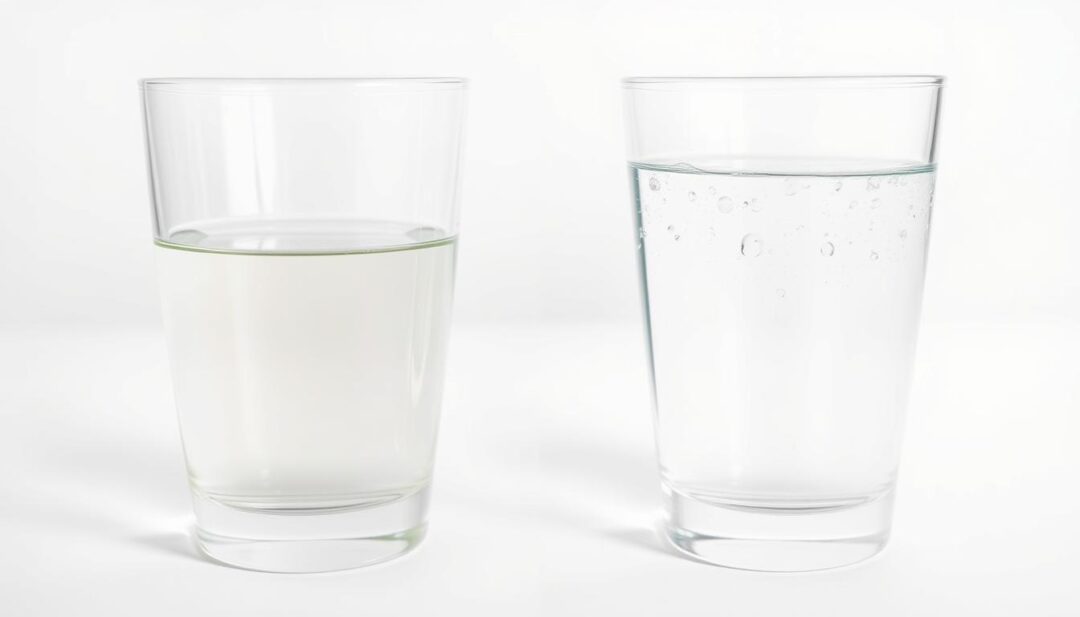
Maintenance and Long-Term Care
Proper maintenance ensures optimal performance and longevity of your water distiller. Here’s what to expect:
Regular Cleaning (Every 1-4 Weeks)
The boiling chamber will accumulate mineral deposits that must be removed regularly. The frequency depends on your water hardness and usage volume.
Cleaning Methods:
- Citric acid solution (2-3 tablespoons in warm water)
- White vinegar (equal parts vinegar and water)
- Commercial descaling products designed for distillers
Process:
- Add cleaning solution to the boiling chamber
- Let soak for 2-3 hours (overnight for heavy buildup)
- Scrub gently with non-abrasive brush if needed
- Rinse thoroughly multiple times
- Run a “waste” cycle with fresh water
Carbon Filter Replacement
Carbon filters remove any volatile organic compounds (VOCs) that may carry over during distillation:
- Megahome: Replace every 30-40 gallons (approximately monthly for average family)
- H2o Labs: Replace every 60-80 gallons (their exclusive pods last longer)
- CO-Z: Replace every 20-30 gallons (more frequent replacement needed)
Pro Tip: Keep a log of when you change filters and clean your distiller. Many users set calendar reminders to maintain their distillation system properly.

Recommendations and Final Thoughts
Based on our comprehensive analysis of these home water distillers, here are our recommendations for different user needs:
Best Overall Value: Megahome Countertop Water Distiller

The Megahome offers the best balance of quality construction, reliable performance, and reasonable price. Its glass collection container and UL certification provide peace of mind for daily use. While not the fastest distiller, its consistent quality and durability make it our top recommendation for most households.
Premium Choice: H2o Labs Best-In-Class Water Distiller

For those willing to invest more for premium features, the H2o Labs distiller delivers exceptional quality. Its exclusive carbon filtration system produces better-tasting water and requires less frequent replacement. This model is ideal for larger families or those with significant water quality concerns who want the absolute best purification.
Budget Option: CO-Z Water Distiller

The CO-Z distiller offers a more affordable entry point into water distillation. Its faster production rate (thanks to the higher-wattage heating element) is a plus, though it comes with more noise and heat. For occasional use or emergency preparedness, this model provides good value. Consider upgrading to a glass container for improved taste.
Final Thoughts
Home water distillers represent a significant but worthwhile investment in your family’s health. When choosing a model, consider:
- Your daily water consumption needs
- Available counter space and electrical capacity
- Willingness to perform regular maintenance
- Initial budget vs. long-term value
- Material preferences (glass vs. plastic collection containers)
Regardless of which model you choose, a quality water distiller will provide years of pure, safe drinking water while eliminating the ongoing expense and environmental impact of bottled water.
Ready to improve your home water quality?
Explore these top-rated distillers on Amazon today:
🔗 Megahome Water Distiller
🔗 H2o Labs Water Distiller
🔗 CO-Z Water Distiller
Frequently Asked Questions
Is distilled water safe to drink regularly?
Yes, distilled water is completely safe for regular consumption. Some concerns exist about mineral removal, but most people get sufficient minerals from their diet. If desired, you can add a small pinch of high-quality sea salt or use a remineralization filter for trace minerals.
How does distilled water compare to filtered or reverse osmosis water?
Distillation is generally more thorough than filtration or reverse osmosis. While quality RO systems remove 95-99% of contaminants, distillation can remove 99.9%, including volatile organic compounds that might pass through membranes. However, distillation is slower and uses more energy than these alternatives.
How much does it cost to operate a water distiller?
The primary operating cost is electricity. At average U.S. rates, producing one gallon of distilled water costs approximately 7-9 cents in electricity. Additional costs include replacement carbon filters ($20-40 annually) and cleaning solutions. Overall, home-distilled water costs about 10-15 cents per gallon, compared to $1+ for store-bought distilled water.
Can I use distilled water for my plants, pets, and appliances?
Distilled water is excellent for appliances like humidifiers, CPAP machines, and irons as it prevents mineral buildup. For plants, occasional use is fine, but long-term use may require adding nutrients since plants benefit from some minerals. For pets, distilled water is safe, though some veterinarians recommend adding a small amount of minerals for very small pets on exclusively distilled water diets.


